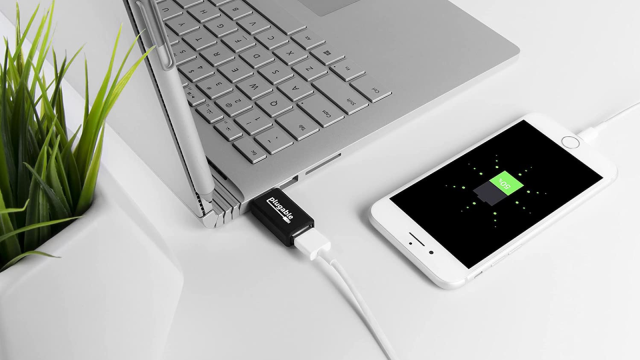Thanks to a recent tweet by the FBI, you may have recently encountered the term “juice jacking” somewhere on the internet. Juice jacking refers to the act of infecting unsuspecting devices with malware through a public charging port like the ones you might see at the airport. While there aren’t any stats on how frequent the practice is, this warning from the FBI should be taken seriously. And luckily, staying safe is pretty easy. Just use a data condom.
Before we discuss ways to combat juice jacking, it’s important to know that public electrical outlets are completely safe. It’s public USB ports that come with risk. If you’re carrying your own power adaptor and attached USB cable that you plug into the wall, you don’t need to worry. (And if you’re somewhere without outlets, you can always carry a massive travel battery pack to keep your devices charged while you’re on the move.)
However, there’s another way to protect yourself and your devices if you need to use a public USB port: a USB condom. Just like the other kind of condom, a USB condom protects you from getting infected with all sorts of nasty viruses out there, and keeps your devices working as intended.
Boring people refer to these things as USB data blockers, and, to be fair, that’s what they are. The “condom” is a dongle that blocks all data transfer attempts from any port, and only lets power pass through. You plug the dongle into your device’s USB port, so no matter what connection you’re using on the other side (Lightning, Micro-USB, or USB-C), you’re covered. The USB condom doesn’t contain the pins required to transmit data, and you might miss out on other benefits like fast charging. But if you’re using a public USB port, you probably shouldn’t expect fast charging speeds anyway.

Leave a Reply
You must be logged in to post a comment.